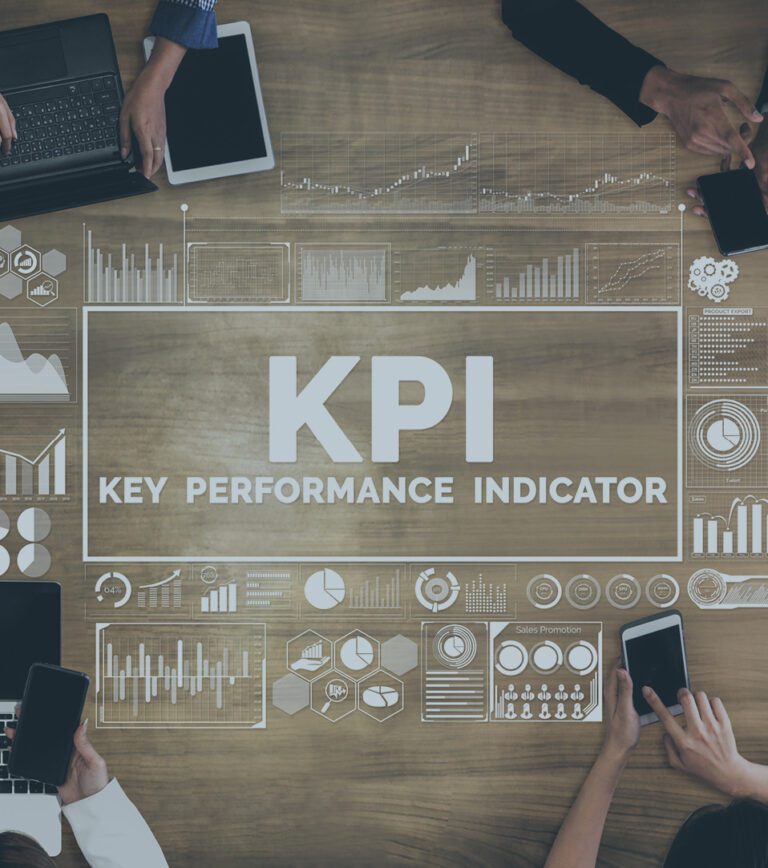What KPIs Can You Measure to Improve Profitability?
Customers are facing tough choices these days when it comes to discretionary spending. It’s not necessarily bad news, however. Retailers now have opportunities to build loyalty and grow market share if they can quickly and efficiently adapt their brick-and-mortar and online business models.
As you all know, retailers have needed help to update their prices and manage inventory carrying costs quickly enough to keep pace with inflation, supply chain fluctuations, and labor costs. The only cost factor providing financial tailwinds has been transportation costs, and recent increases in fuel costs may likely eat into that advantage.
Therefore, the push for operational excellence must become a higher priority across all functional teams and organizations, with a universal commitment toward improving overall performance and efficiency. Simply put, every activity within an organization should be closely linked to the overall profitability of the corporation, having a measurable return on investment.
We’ve already seen many corporations across industries streamlining operations and reducing costs. Organizational leaders have a greater sense of urgency to understand their capital allocation to succeed.
The rigors of operating a retail home furnishings business and its daily functional necessities can often obscure strategic goals and the steps needed to achieve them. There have been many instances of home furnishings retail executives and operational leaders only perceiving gradual drops in performance once encountering dire circumstances (consider, for example, the recent bank failures). Of course, reducing corporate overhead and vendor spending are often the most effective strategies to implement change quickly. However, KPI (Key Performance Indicator)-driven changes will have the most significant and sustainable positive impacts on the organization. Although more difficult to implement and refine, these improvements will ultimately drive the greatest shareholder value. They, therefore, should never be set aside in place of short-term gains and gratification.
KPIs determine if the business is on the right path toward its goals and achieving the overall business strategy. They also help conduct benchmarking to identify areas for improvement and create a better retail strategic plan to hit overall business goals. There are many essential KPIs for a typical business. We will review several examples that pertain directly to retailers’ operational efficiency and identify the underlying business processes and practices that can benefit from measuring, tracking, analyzing, and implementing changes based on KPI data. Viewing a broad perspective of the interrelationships between different aspects of any business model is important. Therefore, we caution against relying on any single metric, which may only sometimes accurately reflect overall business performance.
UNDERSTANDING CUSTOMERS
For example, the Sales Per Square Foot KPI has historically been used to measure a retail store’s efficiency in generating revenue relative to its retail space. Modern retail sales data has become much more complex because sales can be generated through various channels, and several measures reflect the different methods involved with driving sales through the different channels. Measuring Sales Per Employee may be a more accurate performance tool in these instances. The sales per employee KPI can help monitor employee performance, investment, and revenue the team generates. This retail metric can also help an organization make decisions regarding compensation and hiring.
Conversion Rate is an effective and insightful KPI across physical stores and online portals, allowing home furnishings retailers to measure the omnichannel as a whole and determine the efficacy of the sales process. Each customer who steps onto the retail floor or accesses the website generates expenses for a retailer. More importantly, each of these visitors has the potential to generate revenue. Therefore, it’s critical to understand how many visits convert to sales.
Customer behavior KPIs measure how successfully a particular home furnishings retail business performs. Measuring Foot Traffic, for example, can help determine if your locations, advertising, promotional campaigns, or products are successful. Foot traffic can be monitored manually by door counters or digitally using cameras and retail tracking software. Many retailers have tested foot traffic before committing to purchasing or leasing a commercial space by opening standalone kiosks, pop-up shops, or mini-departments in partnership with other retailers to determine the long-term potential for an area.
The repeat customer is the most profitable for any business, particularly a home furnishings retailer. New customers have much higher acquisition costs and may only sometimes return to make another purchase. That is precisely why Customer Retention Rate is a critical KPI. This information will help determine whether a retailer can retain customers and help make the right decisions to improve retention.
Customer Satisfaction correlates very highly with customer retention because we all understand the level of service and quality of goods sold will directly affect retention and foot traffic. Customer satisfaction can be measured with regular surveys delivered to the customers after the transaction. Retailers can also review website analytics to gain insights into customer behavior by tracking online events such as Bounce Rates and Dwell Times.
Minimizing product returns is crucial for operational efficiency and customer satisfaction. A high Return Rate could signal issues with product quality, customer expectations, or corporate messaging. By addressing these concerns and lowering the return rate, retailers can decrease reverse logistics expenses and build and reinforce customer trust and loyalty. Monitoring returns KPIs drive processes, including updating product descriptions, improving customer care and product support, and managing reverse logistics.
UNDERSTANDING INVENTORY
Inventory is typically the largest operating expenditure and investment for a retail business. Inventory KPIs help monitor the health of this vital business asset. Inventory Turns analysis provides distinct data regarding how much inventory is consumed over a fixed period. Days Of Inventory calculates how long products remain in stock before being sold, offering insight into inventory turnover. These measures help quantify the risk of being overstocked or overloaded with obsolete inventory.
Conversely, these measures can also identify if company policies manage inventory too tightly, choking potential demand because of long fulfillment lead times, resulting in a high stockout rate. Consistently high stockout rates often lead to customer dissatisfaction and lost sales. Lowering the Stockout Rate KPI through effective inventory planning and reordering ensures customers can find what they want whenever they want it, contributing to the overall shopping experience and increasing customer satisfaction.
Gross Margin Return On Investment (GMROI) measures the true power of a company’s inventory. GMROI can help define how much revenue and profit the company’s inventory has generated over a fixed period.
Sell Through indicates how much inventory is being sold relative to how much is being purchased. Shrinkage is used in retail to measure the inventory dollars that are lost, stolen, or damaged during normal business operations.
Shrinkage can be attributed to several reasons, including handling damage, data or administrative errors, theft, and potentially even obsolescence. Shrinkage can significantly impact profitability, representing a loss of revenue, net profit, or assets that could have been reinvested or redeployed in the business.
The most recent economic data tells us households have the capacity to spend, but momentum is slowing, partially due to the fact that savings built up during the pandemic are running lower while credit costs are increasing. Some economists predict the upcoming holiday season will be the slowest in five years, suggesting that consumers will likely continue to focus on essentials and choose lower-cost options when they can. The urgency for retailers behind improving operational excellence has increased, while the margin for error has commensurately decreased. Now more than ever, every activity within an organization needs to be closely linked to the overall profitability of the corporation, having a measurable return on investment.














